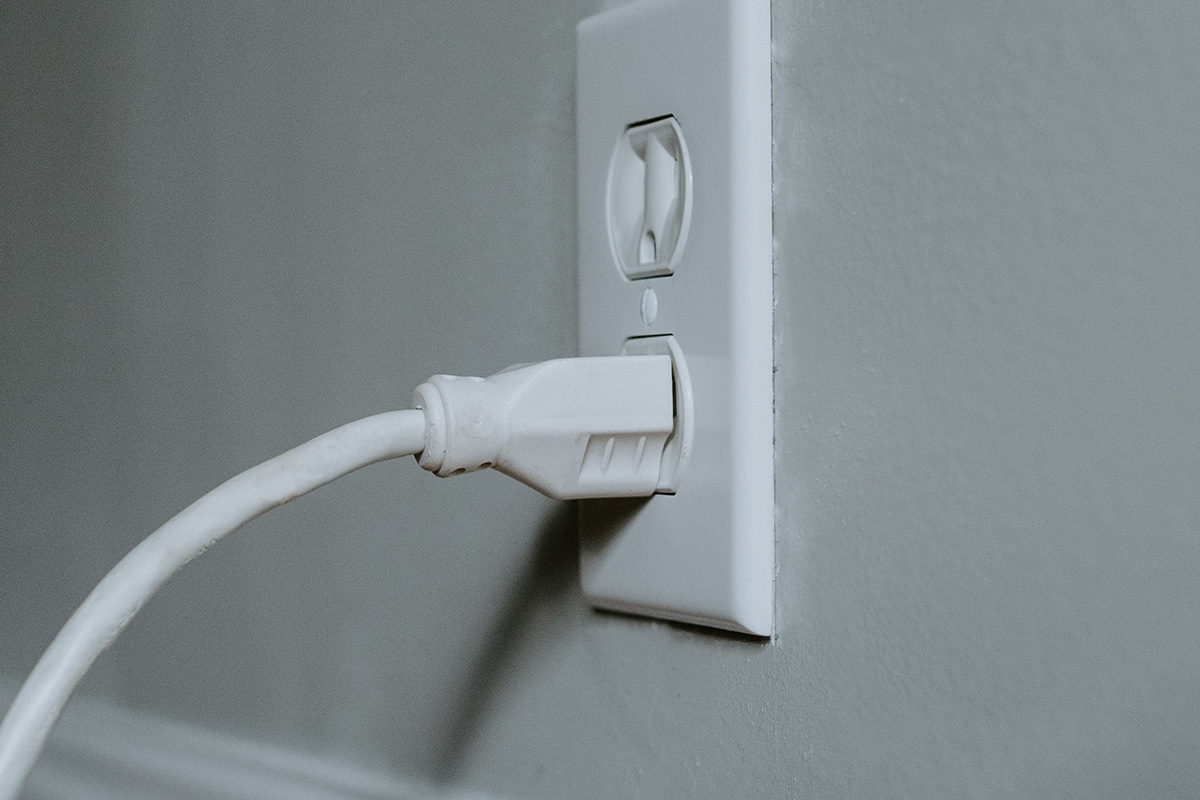‘SONRAI IAQ’ Using Intelligent Analytics Platform to optimize Air Quality, Occupant Comfort and Energy Use in Buildings | DLR Group
VirtualSpeaker: Ruairi M. Barnwell, HBDP, LEED AP BD+C | Smart Buildings Leader | Principal DLR Group Description: This webinar attempts to understand how air quality conditions in our buildings often fail to reach their full potential due to siloed, inaccurate or inaccessible streams of data. After nearly a decade of research and development, global integrated design firm DLR Group has launched ‘Sonrai IAQ™’ a new air quality analytics platform that integrates data streams across an array of smart internet of things (IoT) devices. Sonrai IAQ was created as a direct response to the industry need to organize, contextualize, and democratize building performance data. A representative from DLR Group will describe past roadblocks to real-time assessment of indoor air quality, how ‘smart’ sensors have changed data collection possibilities, and how analytics platforms have enhanced the ability to review trends, patterns, and anomalies in building performance data. They will also describe how access to these post occupancy data streams have enhanced an integrated Design Firms ability to deliver on AIA 2030 Commitments while elevating the human experience of the built environment. Earn 1 LSU | HSU for attending live. https://youtu.be/Wz-ETrPXsFE Additional Resources Additional Resources Sonrai IAQ Demo Request Speaker Presentation_Webinar_Sonrai IAQ (.pptx) (Watching video recordings of past webinars does not give the opportunity to receive any AIA LUs / CE credit.)

